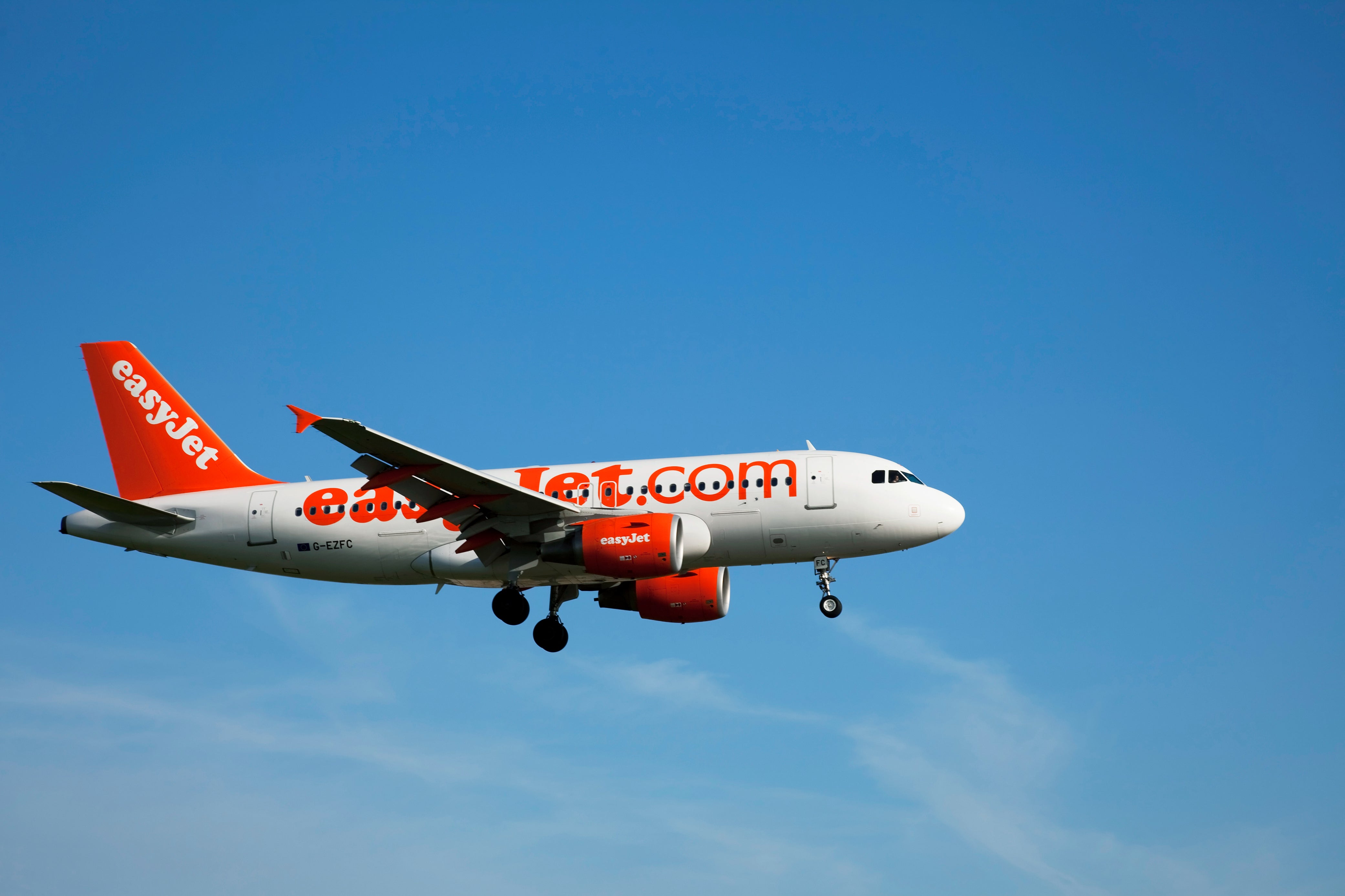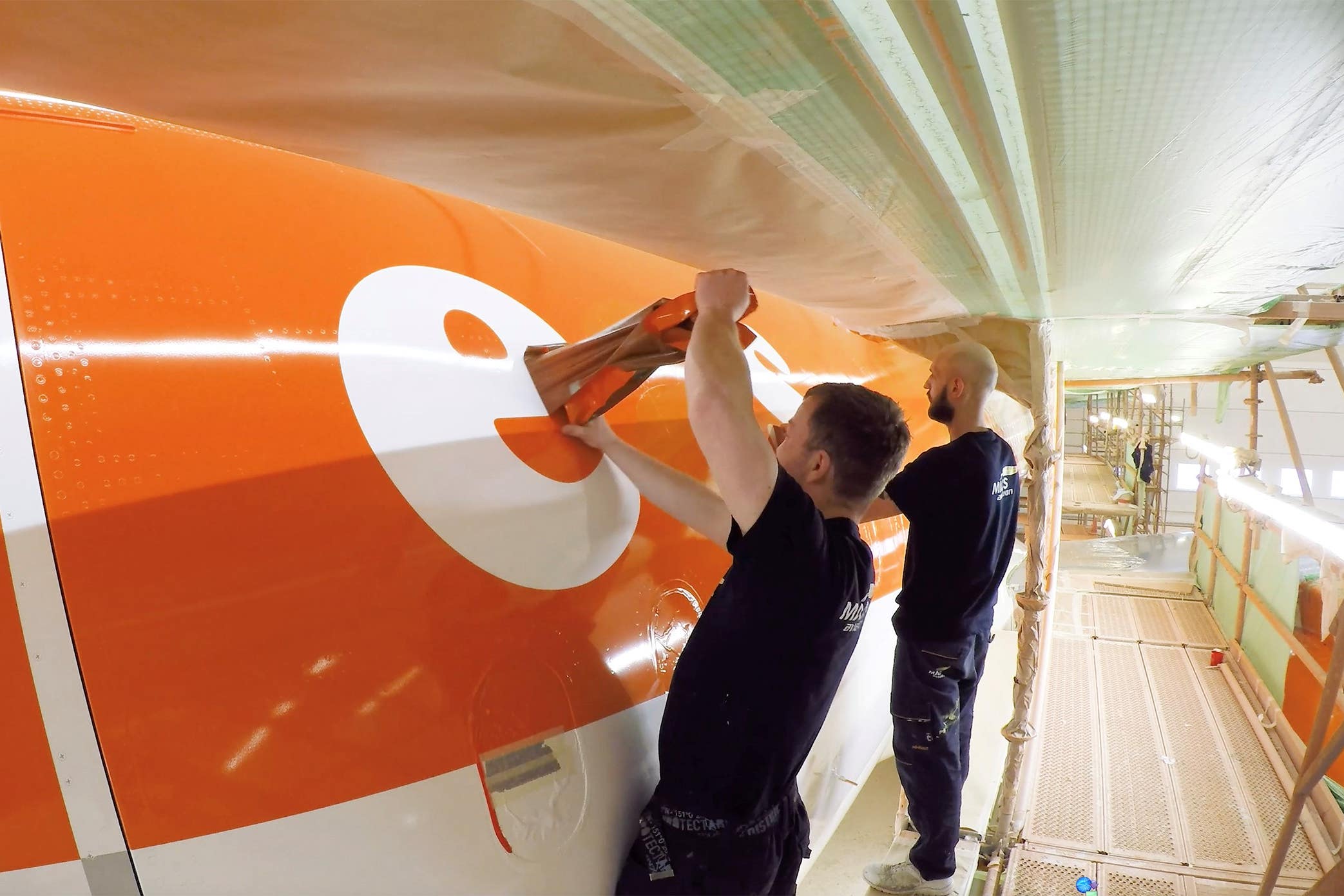EasyJet finds way to make its planes even lighter – and it doesn’t involve luggage
The method has been used on 38 easyJet planes so far

Your support helps us to tell the story
From reproductive rights to climate change to Big Tech, The Independent is on the ground when the story is developing. Whether it's investigating the financials of Elon Musk's pro-Trump PAC or producing our latest documentary, 'The A Word', which shines a light on the American women fighting for reproductive rights, we know how important it is to parse out the facts from the messaging.
At such a critical moment in US history, we need reporters on the ground. Your donation allows us to keep sending journalists to speak to both sides of the story.
The Independent is trusted by Americans across the entire political spectrum. And unlike many other quality news outlets, we choose not to lock Americans out of our reporting and analysis with paywalls. We believe quality journalism should be available to everyone, paid for by those who can afford it.
Your support makes all the difference.EasyJet has found a new way to make its planes even lighter - less paint.
The budget airline giant said it has become the world’s first airline to use a lower-weight paint method to reduce its planes’ fuel burn.
The carrier is trialling a new approach which cuts the number of paint layers needed to create its orange and white livery.
The innovative approach, developed in partnership with Mankiewicz Aviation Coatings, streamlines the painting process, requiring fewer layers to achieve the airline’s signature orange and white livery.
While the weight saving per aircraft is relatively modest at 27kg, EasyJet emphasizes that this is one of numerous small steps being taken to improve fuel efficiency across its fleet. Every kilogram saved translates to a reduction in fuel burn and, consequently, a smaller carbon footprint.
The method, developed with international company Mankiewicz Aviation Coatings, has been used on 38 easyJet planes so far.
EasyJet predicted it will lead to an annual fuel saving of 1,296 tonnes once the fleet-wide rollout is completed by 2030.

The airline’s director of sustainability, Lahiru Ranasinghe, said: “EasyJet is constantly exploring and developing innovative solutions to lower the impact of our operations.
“While this forms a small part of a bigger strategy, formulating a new lightweight paint with our partners at Mankiewicz Aviation Coatings exemplifies how we’re assessing every single part of our operation to find efficiency gains to help us achieve this mission.”
In 2022, easyJet pledged to achieve a 35% reduction in carbon emissions per passenger kilometre by 2035 compared with 2019 levels.
It said in September last year it had so far made a 5% improvement, largely through flying more efficient planes.
The Government’s sustainable aviation fuel (Saf) mandate came into force on Wednesday.
By law, Saf must make up at least 2% of all jet fuel used in flights from UK airports in 2025.
The percentage will rise annually, to reach 10% in 2030 and 22% in 2040.
Saf is seen as vital in reducing the aviation industry’s carbon emissions.
The fuel is made from sources such as agricultural waste and used cooking oil, meaning its production involves using about 70% less carbon than conventional jet fuel, which is a type of kerosene.
The Government has also proposed to create a new body to improve flight paths.
Department for Transport officials believe enabling planes to use modern navigation technologies will boost efficiency, such as by reducing the need for aircraft to enter holding patterns before receiving permission to land at busy airports.
EasyJet previously said inefficient use of airspace contributes to increases in fuel consumption, carbon emissions and flight times.
The carrier described the problem as a “universal issue” across the whole of Europe, but said the “greatest inefficiencies” for its operations are in the UK.